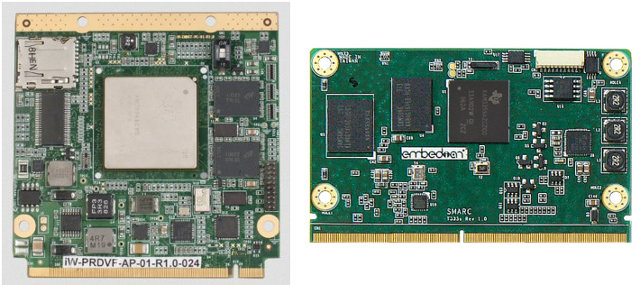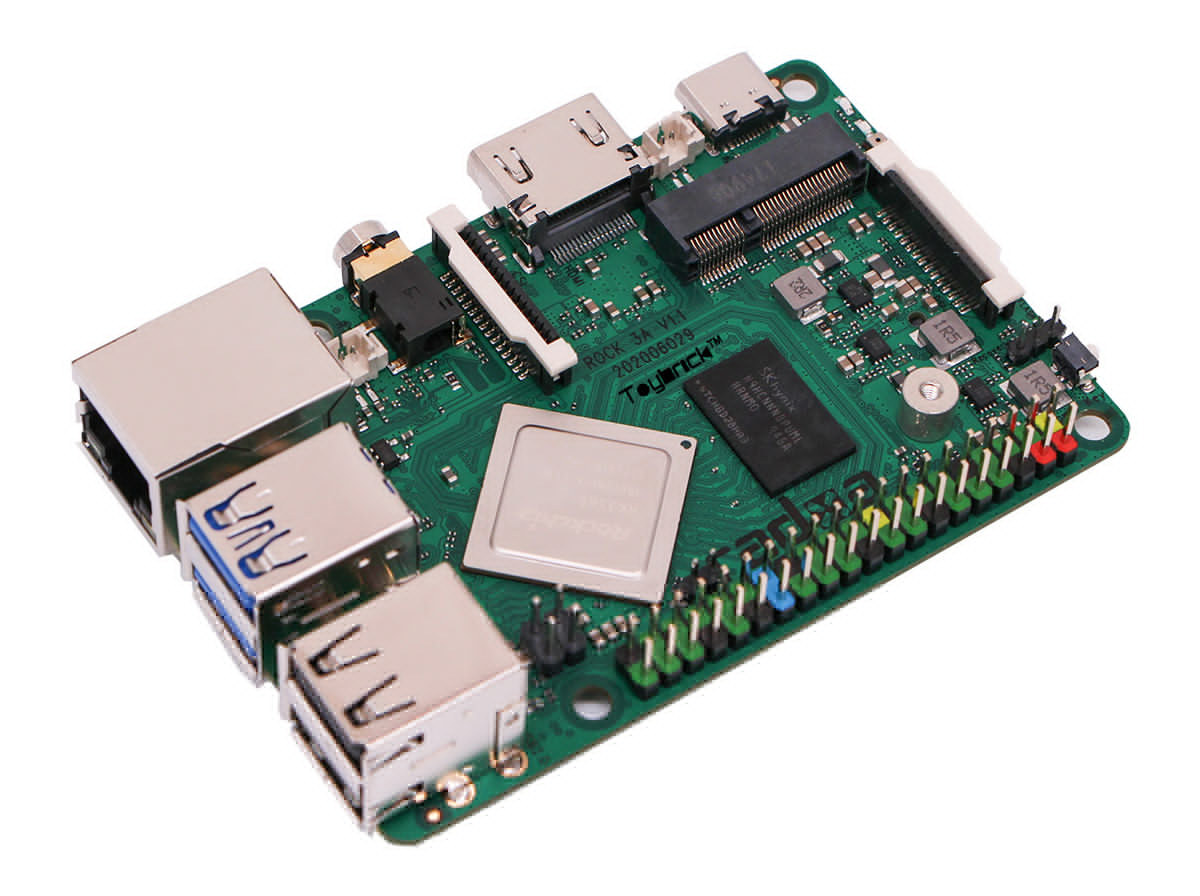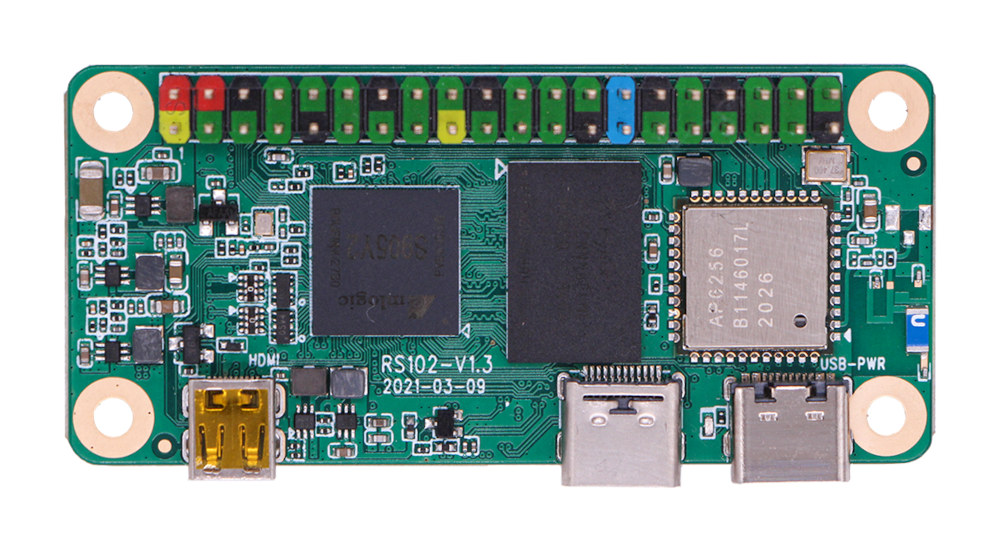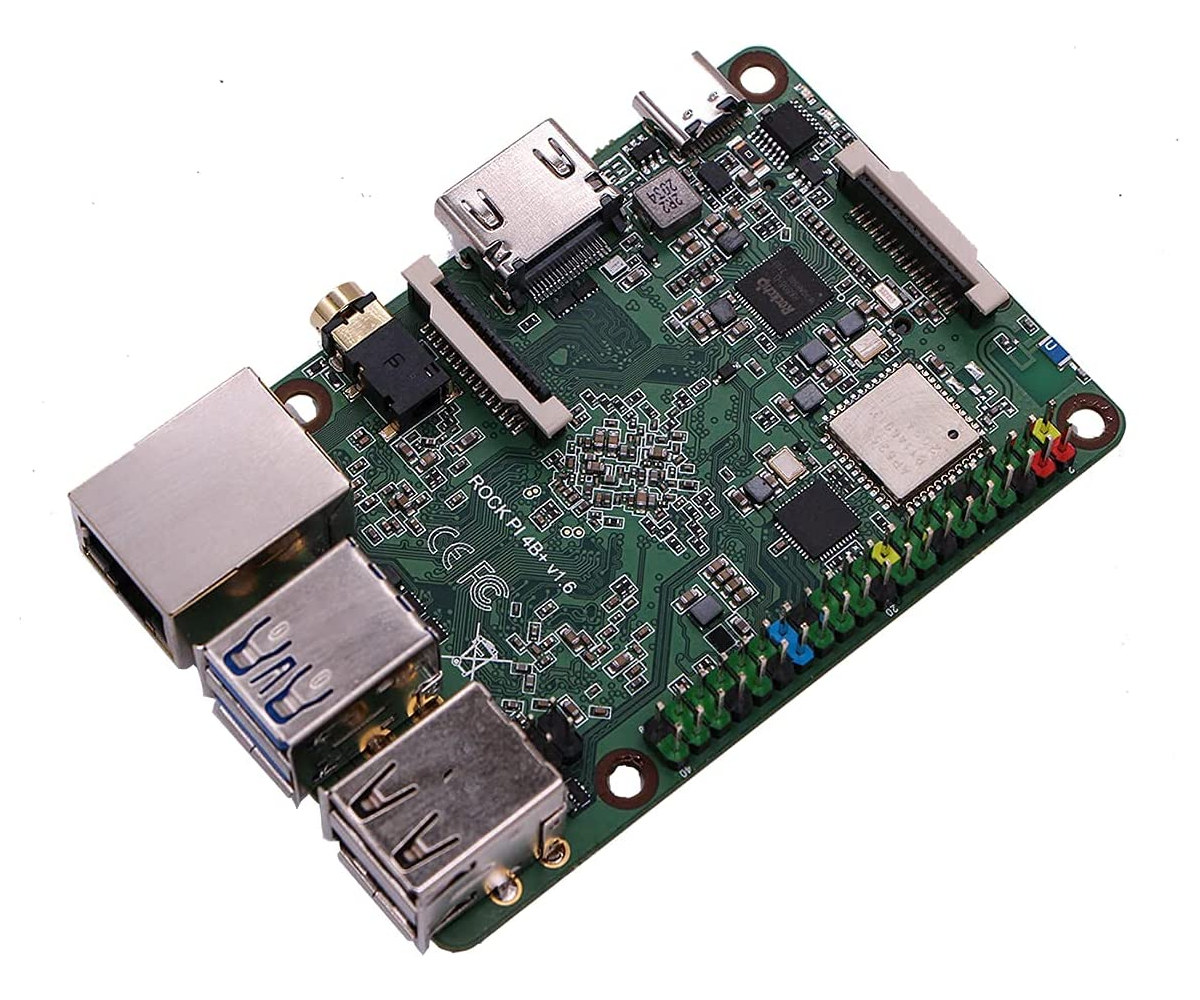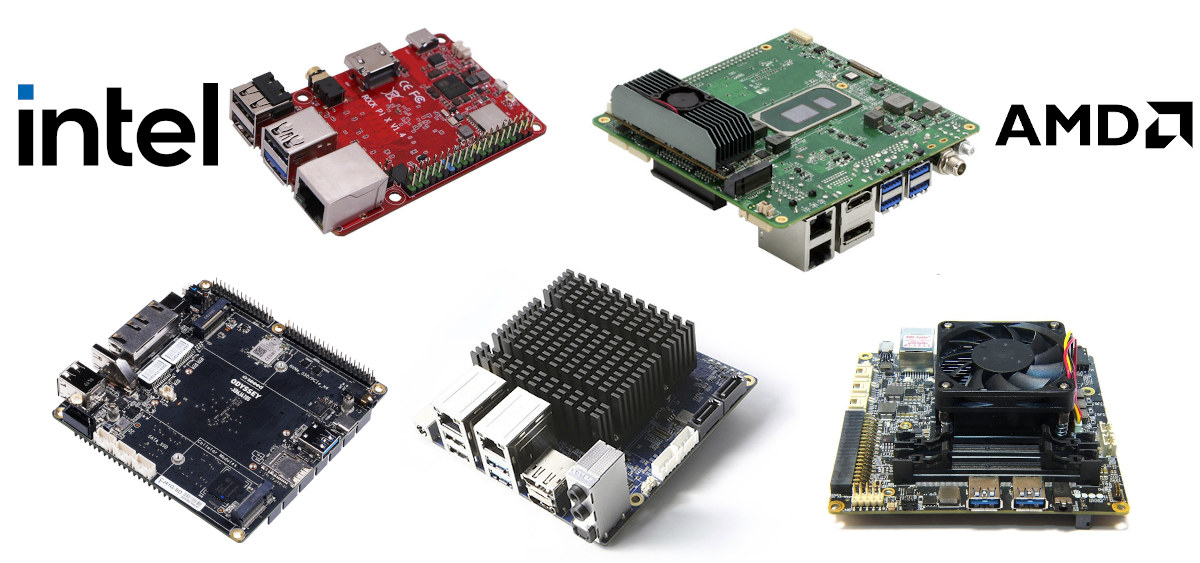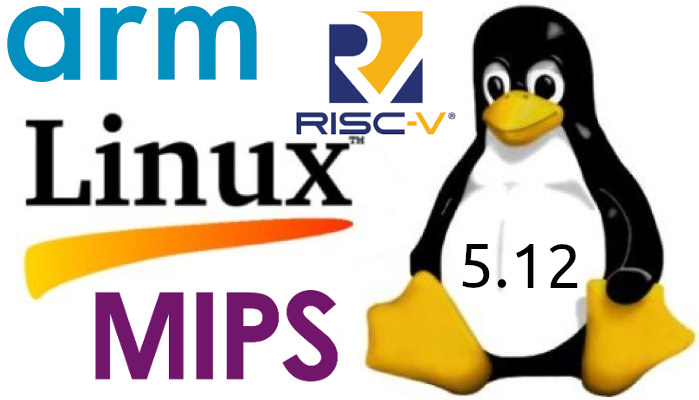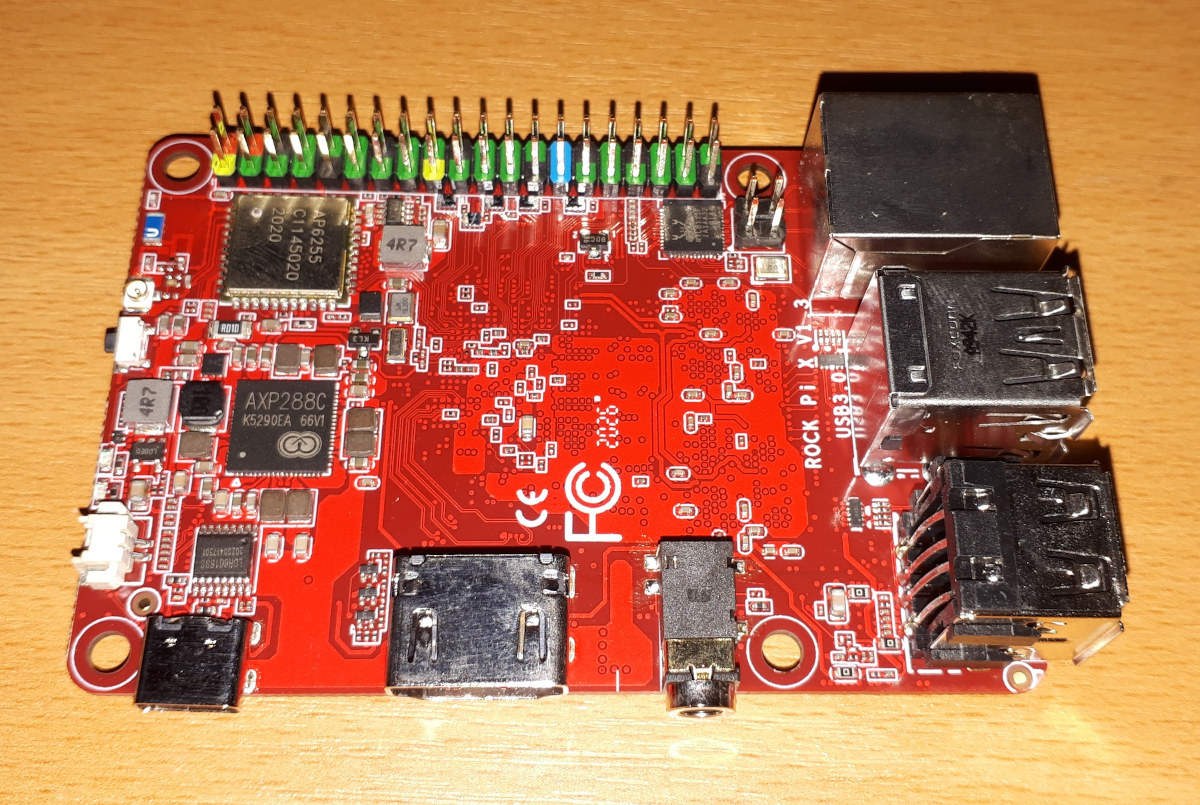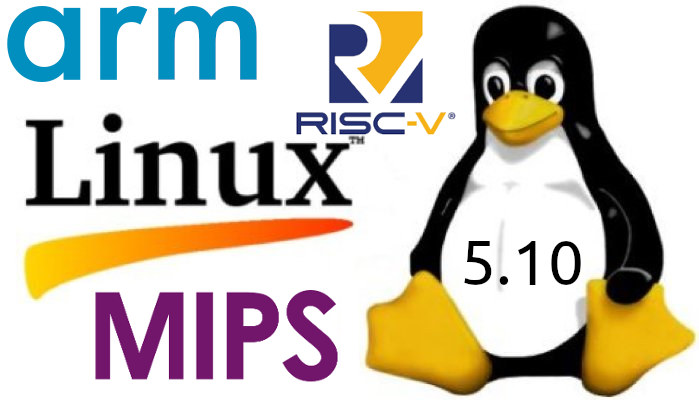A System-on-Module (SoM), also known as a Computer-on-Module (CoM), is a small board with the key components of a computer such as SoC, memory, and possibly others components such as PMIC (Power Management IC), an Ethernet PHY, as well as one or more connectors used to connect to a baseboard, also called carrier board, which features standard ports such as Ethernet (RJ45), USB ports, SATA, power jack and so on. The advantages of using of baseboard + SoM design compared to a single board are at least twofold: Most of the PCB design complexity is often around the CPU/SoC and high-speed buses connected to the CPU/SoC. So you could buy an SoM, design your own baseboard and get a complete design relatively in a short amount of time, with reduced development resources and costs. The design is modular, so you could easily upgrade from one SoM to another one. For […]
ROCK 3A SBC brings M.2 slots for NVMe SSD, WiFi 6 to Raspberry Pi form factor
Radxa ROCK 3A is a single board computer powered by Rockchip RK3568 quad-core Cortex-A55 processor that closely follows Raspberry Pi 3 Model B form factor like the early Rock Pi 4 SBC, but with a twist. By switching from a Rockchip RK3399 to a Rockchip RK3568, the board loses some CPU and GPU performance, but gains extra I/Os with enabled the company to add an additional M.2 slot with PCIe to ROCK 3A board, meaning it’s now possible to attach one NVMe SSD and another M.2 module like a WiFi 6 M.2 card. ROCK 3A preliminary specifications: SoC – Rockchip RK3568 quad-core Cortex A55 processor at up to 2GHz, with Mali G52 GPU, 0.8TOPS NPU System Memory – 2GB, 4GB, 8GB LPDDR4 3200MT/s, up to 1560MHz Storage Pluggable eMMC module MicroSD card slot M.2 M key socket for NVMe with PCIe 3.0 x2 lanes 4MB SPI flash with support for […]
Radxa Zero SBC – A powerful quad-core alternative to Raspberry Pi Zero W
Radxa Zero SBC follows Raspberry Pi Zero W form factor, but thanks to an Amlogic S905Y2 quad-core Cortex-A53 processor clocked at up to 2.0 GHz offers much higher performance, which Radxa says corresponds to about 70% of Raspberry Pi 4 CPU performance. The tiny Arm Linux board comes with up to 4GB RAM, 16GB eMMC flash, and either AP6212 or AP6256 wireless module. plus all interfaces from Raspberry Pi Zero W, but with a twist as the mini HDMI port is replaced by a micro HDMI port, and USB-C ports are used instead of micro USB ports. Radxa Zero preliminary specifications: SoC – Amlogic S905Y2 quad-core Cortex-A53 processor @ up to 2.0 GHz with Arm Mali-G31 MP2 GPU System Memory – 512MB RAM, 1GB, 2GB, or 4GB LPDDR4 Storage – MicroSD slot, optional 8GB or 16GB eMMC flash Video Output – micro HDMI port up to 4Kp60 Connectivity Ampak AP6212 […]
Rock Pi 4 Plus SBC gets Rockchip OP1 processor, eMMC flash pre-loaded with Twister OS Armbian
The low-cost Rock Pi 4 SBC was unveiled in 2018 with a Rockchip RK3399 processor, up to 4GB RAM, and Raspberry Pi 3 form factor. Rock Pi 4 Plus builds on the relatively popular single board computer with an upgrade to Rockchip OP1 processor, which is a higher performance RK3399 SoC typically used in Chromebooks and ASUS Tinker Board 2. The new board also adds 16 to 128 GB eMMC flash, instead of relying on an optional eMMC module, and will come pre-loaded with Twister OS Armbian lightweight desktop OS based upon Armbian Focal 20.04.1 LTS (aarch64) for Rockchip RK3399-based SBCs. Four variants of Rock Pi 4 Plus share most of the same specifications: SoC – Rockchip OP1 big.LITTLE hexa-core processor with 2x Arm Cortex-A72 @ up to 2.0 GHz, 4x Cortex-A53 @ up to 1.4 GHz, a Mali-T864 GPU with support OpenGL ES1.1/2.0/3.0/3.1, OpenVG1.1, OpenCL, DX11, and AFBC, and […]
The 5 best Intel & AMD single board computers for makers
A few weeks ago, we wrote a list of what we consider to be the top 5 most powerful Arm SBC’s and development kits, and this time around we’ll cover x86 SBC’s powered by Intel or AMD processors. But this time around, instead of focusing on the most powerful x86 single board computers which would lead to unaffordable, industrial Xeon SBC’s, we’ll be looking into the 5 best boards designed for makers. That means affordable pricing, I/O headers, and community support. The list is in no particular order. Rock Pi X – x86 on the cheap If you ever wanted the cheapest possible x86 board, Atomic Pi SBC $35 price tag was hard to beat, but it was only cheap because it was sourced from a failed robotics project, and not very convenient to use. But now in 2021, the cheapest x86 SBC that can run Windows is clearly Rock […]
Linux 5.12 – Main Changes, Arm, MIPS and RISC-V Architectures
Linux 5.12 release was expected last Sunday, but Linus Torvalds decided to release one more release candidate, namely Linux 5.12-RC8, to “make sure things are all settled down“, so the latest Linux kernel is now expected this weekend. Tihs should not yield any significant changes, so we can check what’s new in Linux 5.12, notably with regards to Arm, MIPS, and RISC-V architectures often used in SoC’s found in embedded systems. Around two months ago, the release of Linux 5.11 added support for Intel’s software guard extensions (SGX) and Platform Monitoring Technology (PMT), AMD “Van Gogh” and “Dimgrey cavefish” graphics processors, MIPI I3C host controller interfaces, and much more. Some interesting changes in Linux 5.12 include: Added support for ACRN hypervisor designed for IoT & embedded devices Added support for Playstation DualSense & Nintendo 64 game controllers, as well as Nintendo 64 data cartridges Dynamic thermal power management via a […]
Rock Pi X Review – An Atom x5 SBC running Windows 10 or Ubuntu 20.04
The ROCK Pi X is the first x86 SBC (single board computer) from Radxa and resulted from repeated enquiries about running Windows on their earlier ROCK Pi 4. The ROCK Pi X comes in two models (Model A and Model B) with each model having either 1GB, 2GB, or 4GB of RAM and either 16GB, 32GB, 64GB, or 128GB of eMMC storage. Additionally, the Model B includes WiFi and Bluetooth together with supporting Power over Ethernet (PoE) although this requires an additional HAT. Both Seeed Studio and Radxa provided samples and in this review, I’ll cover some performance metrics from both Windows and Ubuntu and also discuss the thermals. Rock Pi X Hardware Overview The ROCK Pi X is similar in size to a Raspberry Pi board… but with slightly different ports and port locations even when compared to the Raspberry Pi 4. It is physically slightly larger than its […]
Linux 5.10 LTS release – Main changes, Arm, MIPS and RISC-V architectures
Linus Torvalds has just released Linux 5.10: Ok, here it is – 5.10 is tagged and pushed out. I pretty much always wish that the last week was even calmer than it was, and that’s true here too. There’s a fair amount of fixes in here, including a few last-minute reverts for things that didn’t get fixed, but nothing makes me go “we need another week”. Things look fairly normal. It’s mostly drivers – as it should be – with a smattering of fixes all over: networking, architectures, filesystems, tooling.. The shortlog is appended, and scanning it gives a good idea of what kind of things are there. Nothing that looks scary: most of the patches are very small, and the biggest one is fixing pin mapping definitions for a pincontrol driver. This also obviously means that the merge window for 5.11 will start tomorrow. I already have a couple […]


